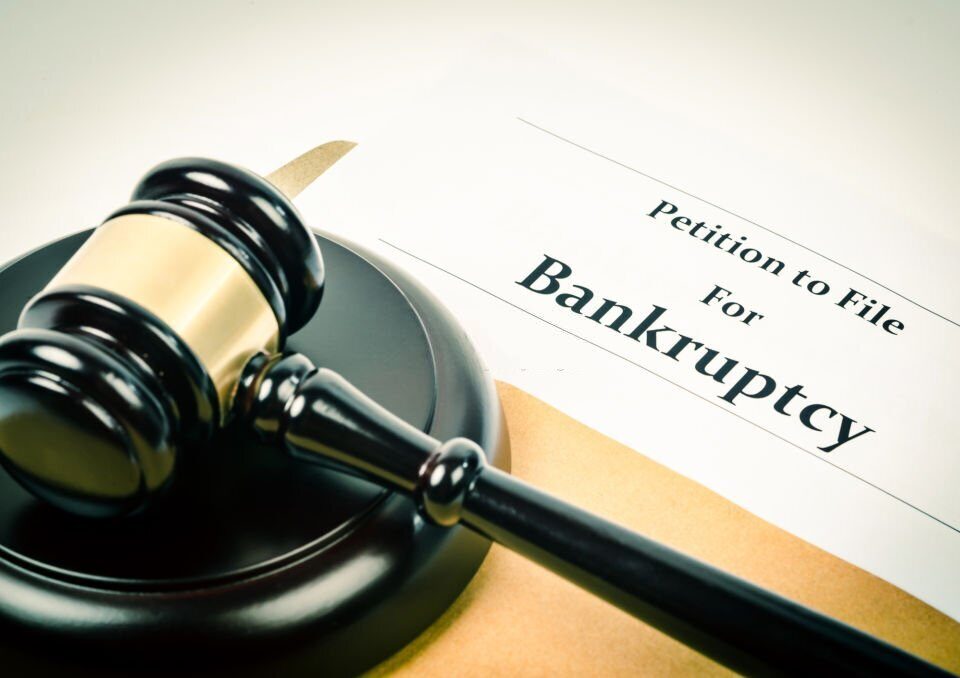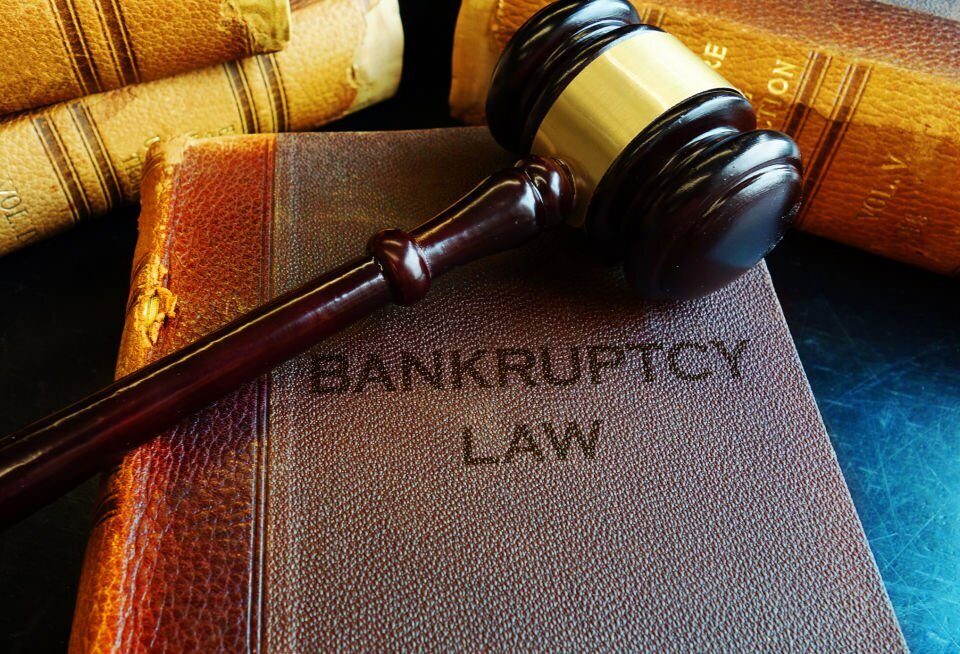Chapter 11 of the United States Bankruptcy Code

How To Know It’s Time To File For Bankruptcy
October 1, 2017
Chapter 13 of the United States Bankruptcy Code
October 10, 2017Chapter 11 bankruptcy is usually offered to business with large debts. Although it’s uncommon, consumers may file for Chapter 11 in some instances. Chapter 11 allows the debtor to propose a plan for repayment, while temporarily holding creditors at bay. In contrast, Chapter 7 bankruptcy makes sure that the debtor’s business closes. While Chapter 11 has certain advantages for those that qualify, including more time to file a plan and the opportunity to reorganize, it is more time-consuming and costly than other forms of bankruptcy. Read more to learn about the Chapter 11 process.
Filing a Petition
Either the debtor or its creditors may file a petition for Chapter 11 bankruptcy protection, the latter route referred to as an involuntary petition. From the very moment the petition is filed, a stay is put in place and creditors have to cease and desist unless the court issues a modification to the stay. This provides an opportunity for the debtor to draft a reorganization plan and negotiate more repayment terms without worrying about its obligations.
After the petition is filed, the business (or, in rare circumstances, the consumer) continues about its affairs without interruption. Under the supervision of the court, the debtor works out a repayment plan to parties who deserve compensation. However, the compensation is usually much lower than initially owed, as is the case with most forms of bankruptcy deals. Throughout the case, the debtor may review its creditors’ claims and make objections where it makes sense. The debtor must file monthly reports to provide evidence as to their progress.
Reorganization Plan
The goal of filing for Chapter 11 bankruptcy protection, versus Chapter 7, is to become profitable. To do this, the debtor must renegotiate leases and find a way to be profitable and carry out the repayment plan they have had to create. Creditors usually work with the debtor and make compromises, since they generally would not get better terms in a Chapter 7 action.
The creditors with first priority for repayment include state and federal tax agencies, employees owed wages and stockholder interests. Then, secured and unsecured creditors are separated to be put into their own classes. The classes help establish priority for the repayment done by the debtor. The plan may change the amounts and terms for repayment of debts to these creditors. A reorganization plan must be voted on by those seeking repayment, namely, the creditors.
Confirmation and Debt Discharge
If your reorganization plan is possible and done with knowledge of the law, the court typically will approve it. Once the plan is in action, debts that existed before the confirmation date are discharged. Now, the debtor must pay back the creditors in conjunction with how he/she expressed they would in their repayment plan and in succession of creditor classes.



